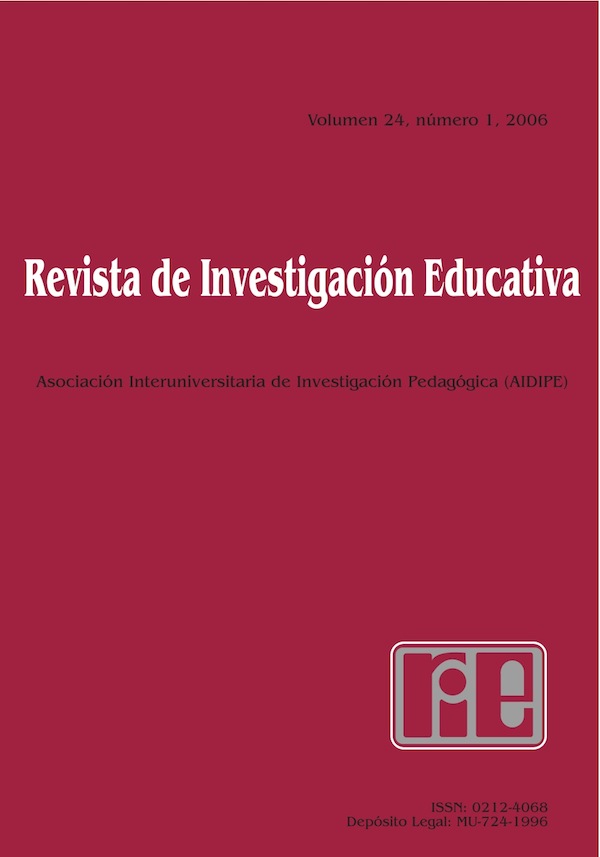La mediación con jóvenes inmigrantes en el ámbito de la justicia penal juvenil: un enfoque educativo
Abstract
Our society is more diverse and multicultural. The growing social preoccupation about educative actions and alternatives in order to improve the cohesion of our community, generates important challenges. The development of reflections based on research3 promote the comprehension of determined aspects, in a more real and less stereotyped way. It is important to flee from interested cliché, arisen from politic and ideological perspectives that tend to bias the problem. Youth Penal Justice constitutes an ambit of cultural diversity irruption, in a very significant way in recent years. In the teenagers centers as in other alternative measures, the presence of immigrant population is clearly visible. This situation is generating an important reflection about the use of the conflict management forms in Youthful the Penal Law at the moment, to answer to the new necessities and demands emerged from the changes in offender teenager population. From these pages we analyze in depth the mediation use as an alternative in penal ambit, in those cases which one of the parts is constituted by immigrant teenagers, to be able to provide comprehensive bases for the improvement of such processesDownloads
-
Abstract390
-
PDF (Español (España))522
The articles and scientific documents published in RIE abide the following conditions:
1. The Servicio de Publicaciones de la Universidad de Murcia (the publisher) has the property rights (copyright) of all the documents published and allows the reuse under the user’s license indicated in point 2.
2. All documents are published in the digital edition of RIE under a Creative Commons Reconocimiento-NoComercial-SinObraDerivada 4.0 Internacional. (legal document) license. These documents can be copied, used, distributed, communicated and explained publicly if: i) the author(s) and its original source of publishing (magazine, publisher and URL of the document) are cited; ii) it is not used for commercial purpose; iii) the existence and the specifications about this license are mentioned.
3. Auto-archive’s conditions. The authors are allowed and encouraged to digitally distribute the pre-print versions (a version before evaluation) and/or post-print (a version that it is already evaluated and accepted to its publication). This promotes circulation and distribution earlier and can increase the citations and significance within the academic community.









